Top 10 Use cases of Retrieval-Augmented Generation (RAG) – P2

One of the standout technologies gaining attention is Retrieval-Augmented Generation (RAG), a method that integrates the power of large language models (LLMs) with the ability to retrieve information from various data sources. To evaluate the potential of RAG in real-world applications, this article provides in-depth insights into 5 use cases of RAG, with specific examples illustrating its potential and impact.
I. Top 10 use cases of RAG (P2)
In Part 1, we introduced five use cases of RAG: Finance, Legal, Healthcare, Agriculture, and Pharmaceuticals. Now, let’s explore five more use cases:
1. RAG Applications in the Energy Sector
In today’s digital age, using artificial intelligence (AI) to enhance efficiency and accuracy in the energy industry is increasingly vital. One of the most advanced technologies drawing attention is Retrieval-Augmented Generation (RAG).
According to the study Natural Language Interaction with a Household Electricity Knowledge-based Digital Twin, the combination of LLMs and RAG significantly improves the accuracy and reliability of responses related to energy data. When users inquire about electricity consumption, RAG not only relies on the natural language generation capabilities of LLMs but also retrieves information from a knowledge graph containing consumption data. This means the answers provided are not only easy to understand but also more precise.
When comparing the performance of various models like ChatGPT, Gemini, and Llama, the study reveals that RAG delivers higher-quality answers, especially for complex or nuanced questions. Imagine needing detailed information on household electricity consumption; you wouldn’t just receive general data but deep, actionable insights.
However, it is undeniable that the research has certain limitations, such as relying on a specific dataset and potential biases in the LLM's training data. Therefore, further research is needed to explore the sustainability of RAG and LLMs in the generated responses. We look forward to future advancements in this field!

2. RAG Applications in Science
When it comes to science, one of the biggest challenges researchers face is the vast amount of information from large-scale experiments. For instance, in studies related to the Electron Ion Collider (EIC), millions of pages of documents and data can overwhelm newcomers. This is where Retrieval-Augmented Generation (RAG) becomes an ideal companion.
Recent research has introduced the RAGS4EIC system, an intelligent AI assistant capable of summarizing information related to EIC. One standout benefit of RAGS4EIC is its user-friendliness. The system helps researchers easily explore information about EIC without wading through a sea of documents. Furthermore, the study shows that RAG can handle complex queries, especially those related to physics equations.
The future of RAGS4EIC promises optimization for various LLMs and expanded databases with additional resources, providing many benefits such as summarizing scientific information and helping researchers easily access and understand complex knowledge.

3. RAG Applications in Education
In today’s digital era, learning is no longer confined to books and lectures. An intriguing study has shown that using chatbots can enhance the learning experience for students. For example, one study revealed that the chatbot Prof. Leodar was developed using Retrieval-Augmented Generation to help students grasp complex concepts. Students noted that the chatbot provided clear explanations and made it easier for them to apply the knowledge. Even learning analytics showed that students used Prof. Leodar more during exams and outside of official study hours.
What makes Prof. Leodar stand out is its ability to provide personalized support. Thanks to its RAG architecture, this chatbot can deliver accurate and relevant responses tailored to specific subjects. Compared to conventional chatbots like ChatGPT, Prof. Leodar was rated higher for the accuracy and relevance of its answers.
Of course, this remains a controversial topic, as educators argue that relying on such technologies may lead students to become dependent and more passive in their thinking.

4. RAG Applications in the Construction Industry
The construction industry is one of the key sectors of the global economy. Currently, it faces many challenges in optimizing productivity. To overcome these obstacles, artificial intelligence (AI) technology, particularly Retrieval-Augmented Generation (RAG), has been applied. According to a report, some of the key benefits of RAG in construction include:
- Improving information accuracy and quality: RAG allows systems to collect and analyze data from various sources, such as technical documents, research reports, or system software data. As a result, the summaries generated are clear and easy to understand, helping staff quickly find the necessary information without wasting time.
- Reducing risks in construction processes: When information is compiled with higher reliability, workers can make faster and more accurate decisions. This not only enhances work efficiency but also improves the quality of the final product.
- Supporting innovative product development: RAG helps engineers design more creative ideas by analyzing and synthesizing data from multiple sources. Instead of relying solely on personal experience, they can leverage information from previous construction projects, research documents, and other systems to find optimal solutions more quickly.
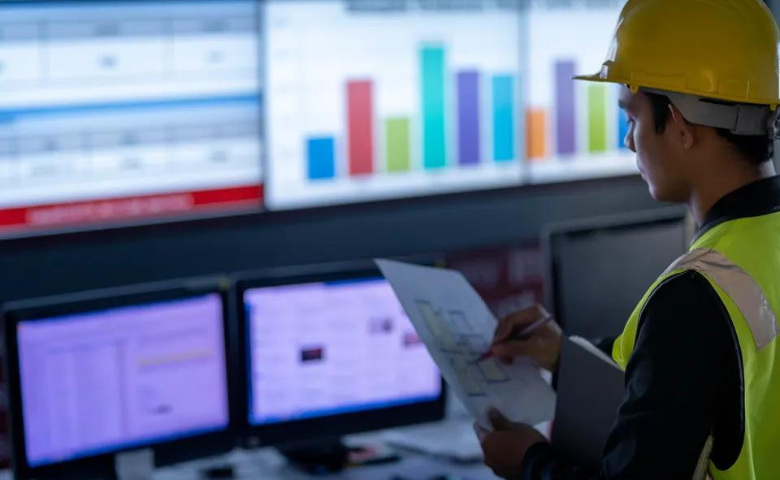
5. RAG Applications in Real Estate
Today, the exploitation of geographical data has become more critical than ever. Retrieval-Augmented Generation (RAG) technology not only helps process information but also opens new opportunities for investors and consumers. An interesting study titled CHATMAP: Large Language Model Interaction with Cartographic Data highlights its potential for the real estate sector.
- Natural interaction with geographical data: This research developed a system that allows users to inquire about geographic locations using natural language. This means that even individuals without technical knowledge can easily access information from data.
- Generating detailed area insights: The system uses large language models (LLM) to create question-and-answer pairs based on source data. For example, if you want to know which areas have the most coffee shops, the system will quickly provide accurate information.
- Applications in real estate analysis: RAG technology helps real estate analysts identify key factors in pricing and project development, creating more opportunities for investors and customers.
- Diverse applications: The system’s applications go beyond real estate. It can also serve urban planning and tourism recommendations, helping users find locations of interest.
>> Read more:
- Sales Technology Trends 2024: Integrating AI into CRM software
- How Much Is The Cost Of Mobile App Development In Vietnam?

Although this research is just a beginning, it demonstrates the potential for applying RAG in real estate. Further efforts will focus on developing more comprehensive systems with a deeper understanding of the characteristics and culture of each area.
II. Final Thought
Aegona has now introduced you to the top five use cases of RAG actively transforming digitally with the support of GenAI and making these technologies "smarter" with RAG. If you haven’t seen Part 1, click here for a more comprehensive overview.
AI Solutions provided by Aegona include:
- AI development based on OpenAI, Microsoft Azure AI, TensorFlow, H2O.ai, Vertex AI, Keras, Amazon SageMaker, etc.
- Outsourcing of AI-integrated system software
- Mobile app development with intelligent virtual assistants
- Website design integrated with smart chatbots
If you are interested in our services, please contact Aegona at the following:
AEGONA LTD - IT SERVICE & SOFTWARE DEVELOPMENT
Email: contact@aegona.com
Phone: Office: (+84) 28 7109 2939. Hotline: (+84) 91 451 8869 | (+84) 83 940 5469
WhatsApp: (+84) 91 451 8869
Website: www.aegona.com, www.aegona.vn
Address: Orbital Building (QTSC Building 9), Quang Trung Software City, District 12, Ho Chi Minh city, Vietnam.
related post

Amid the vibrant working atmosphere at Aegona, this September and October will be more exciting than ever with the kickoff of the 2025 Internal Chess Tournament

As scheduled, the monthly internal event “Happy Hour” returned to Aegona’s office this September afternoon, bringing along a joyful atmosphere filled with connection, laughter, and positivity.

Discover the key software outsourcing trends in 2025, from AI, automation, hybrid outsourcing to workforce training. Understanding these trends helps businesses optimize costs and improve software quality.
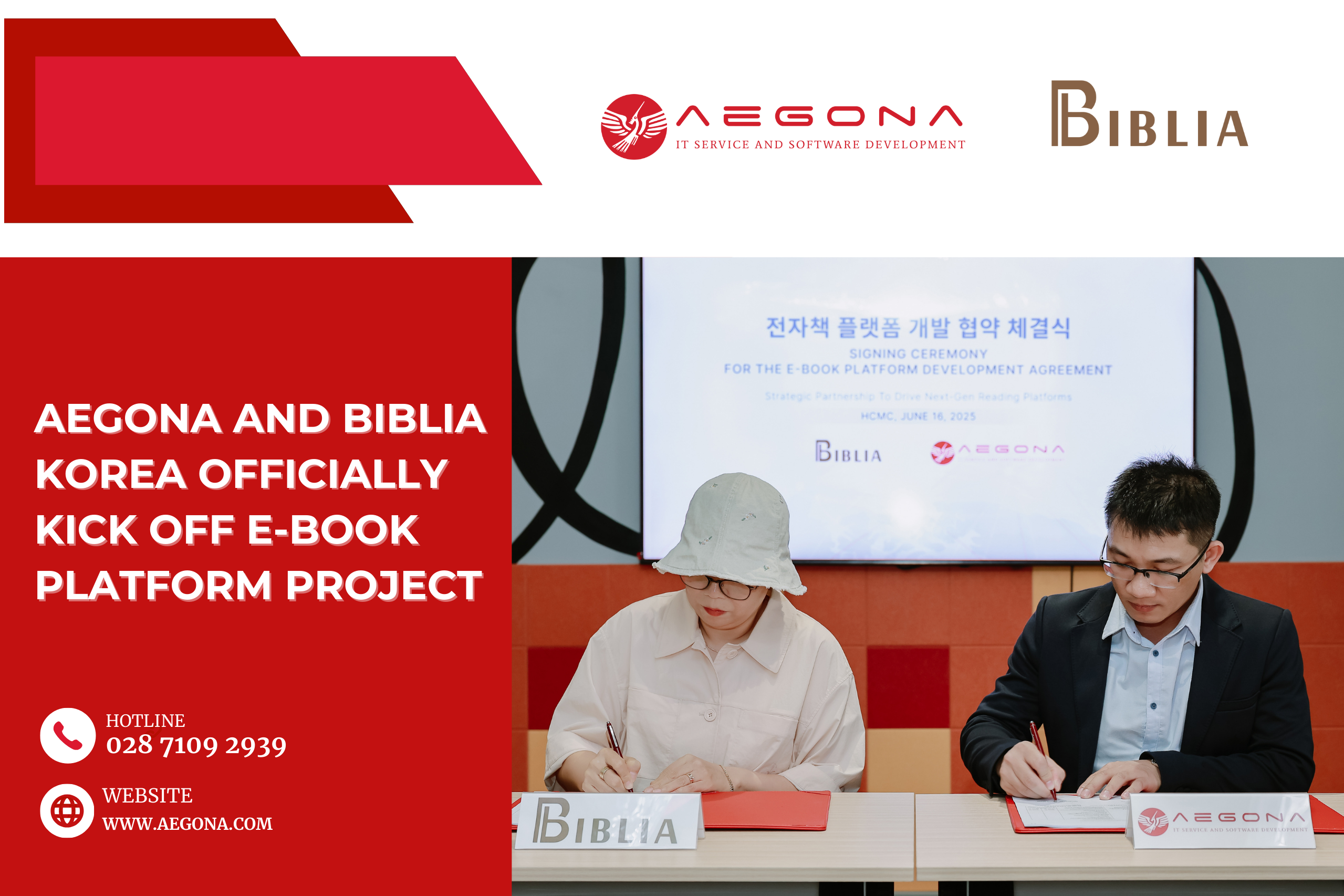
On June 16, 2025, following a series of technical discussions and alignment on technology directions, Aegona and Biblia officially signed a strategic cooperation agreement to develop a comprehensive digital publishing platform that integrates both E-books and Audiobooks.

In the global software development market, outsourcing Node.js development in Vietnam has become one of the most strategic choices for startups, SMEs, and enterprises looking to optimize costs while maintaining top-notch quality.
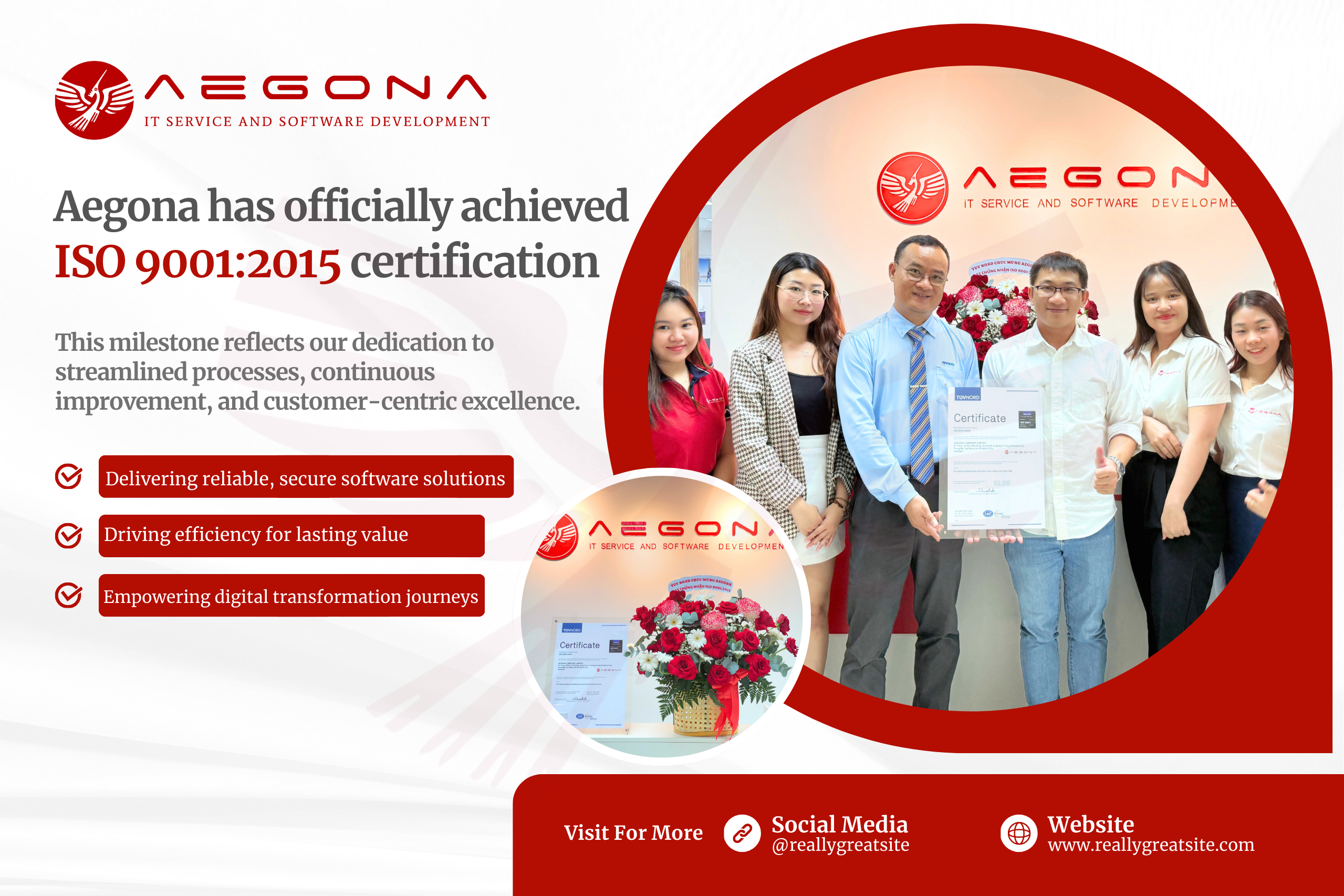
We are proud to announce that Aegona has officially achieved ISO 9001:2015 certification, an internationally recognized standard for quality management systems.
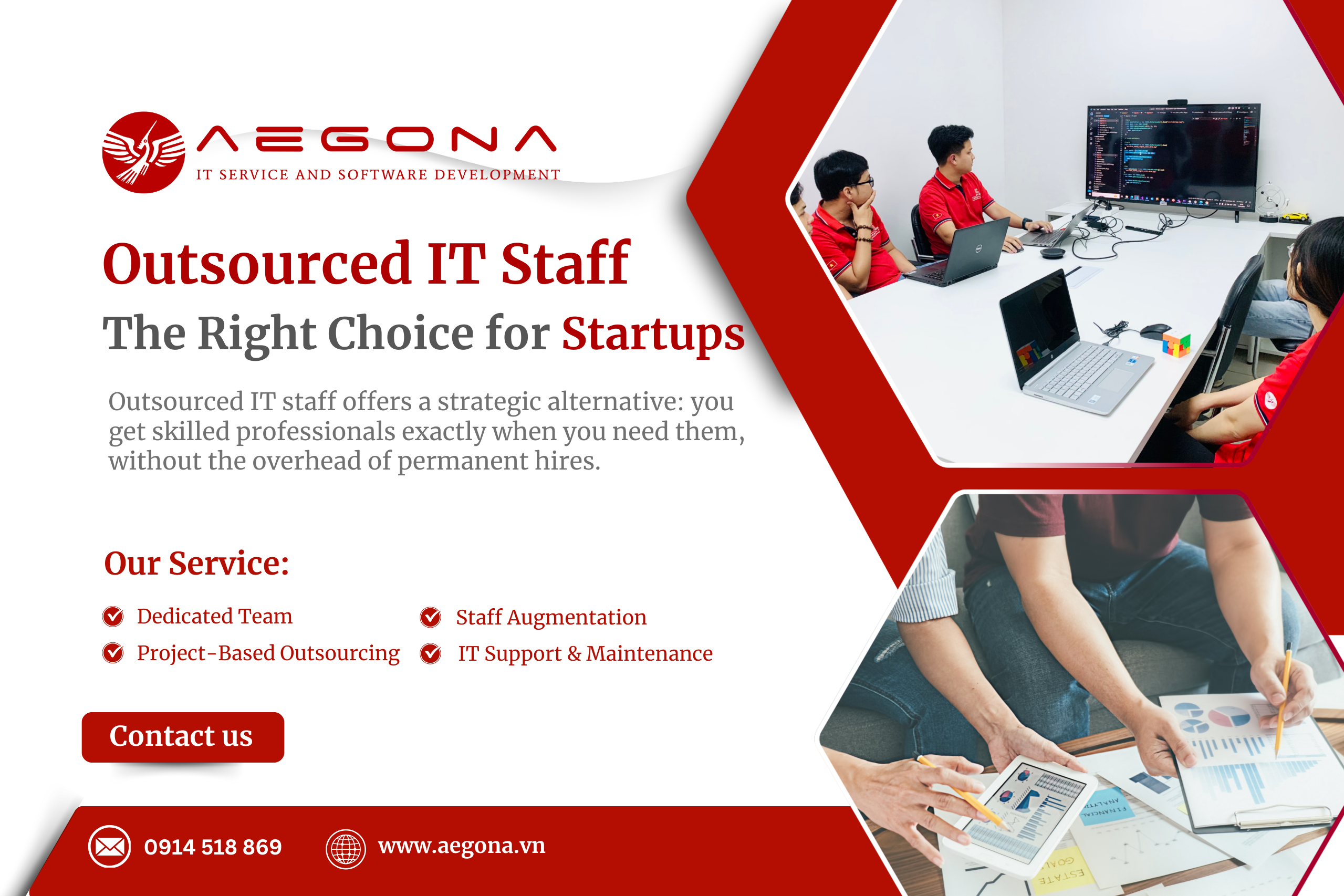
Outsourced IT staff offers a strategic alternative: you get skilled professionals exactly when you need them, without the overhead of permanent hires.

Build custom ERP software to streamline operations, boost efficiency, and fit your business needs. A complete step-by-step guide.
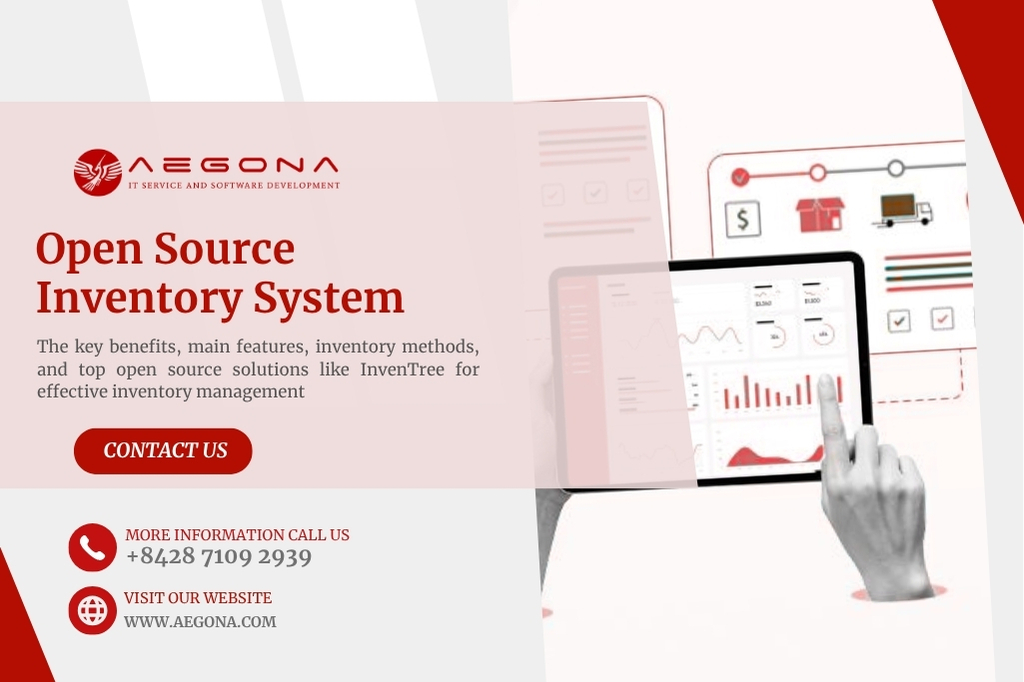
Discover the best open-source inventory systems like InvenTree. Learn key features, benefits, and tools to optimize warehouse and inventory operations.

Discover how Tender Management software streamlines bidding, boosts efficiency, and when to choose a custom-built solution.
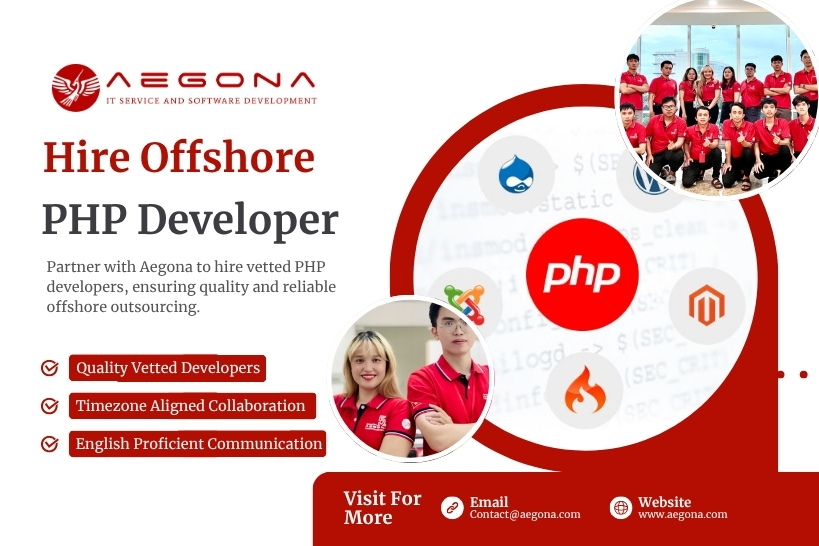
Discover the benefits of hiring offshore PHP developers in Vietnam and explore a step-by-step process to build a skilled, cost-effective development team.

Discover the key benefits and features of real estate app development in Vietnam for businesses aiming to grow in the digital property market.
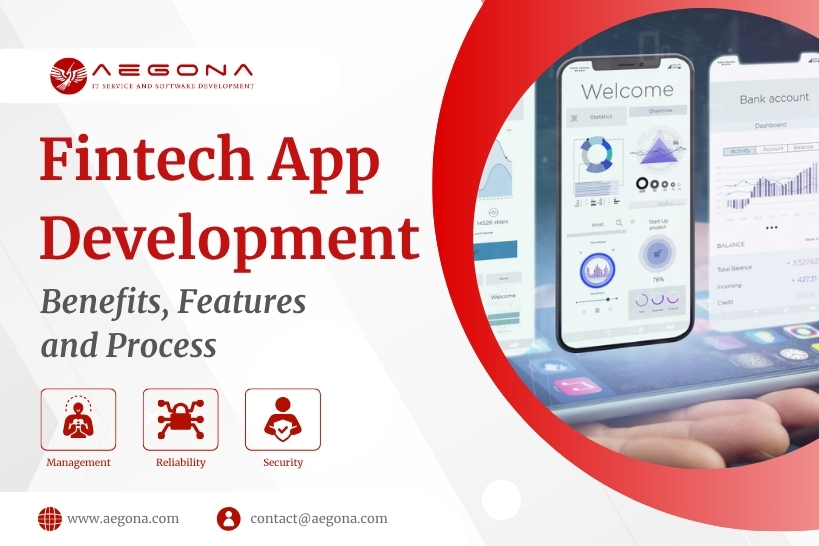
Custom FinTech app development for banking, insurance, payments & more. Secure, scalable, and tailored to your business.

Odoo POS software is becoming an effective alternative to traditional POS systems thanks to its flexible integration capabilities and reasonable cost. Using sales management software plays an essential role in optimizing business operations. This article will help you compare Odoo software and traditional POS systems to find the most suitable option for your business.
